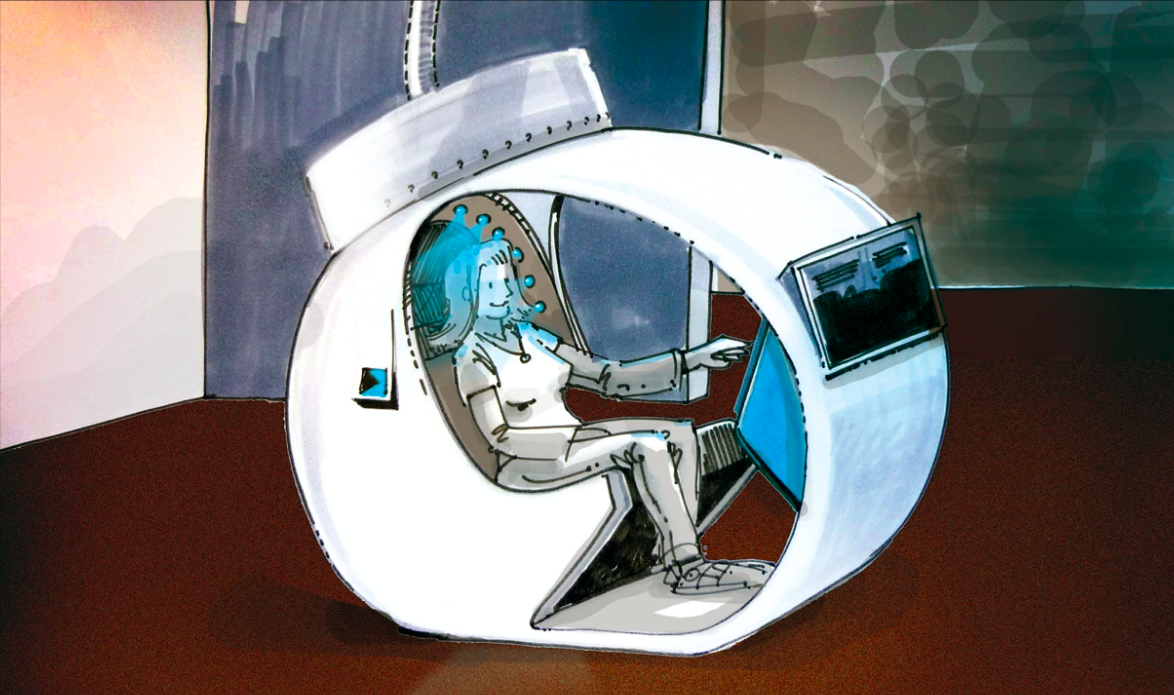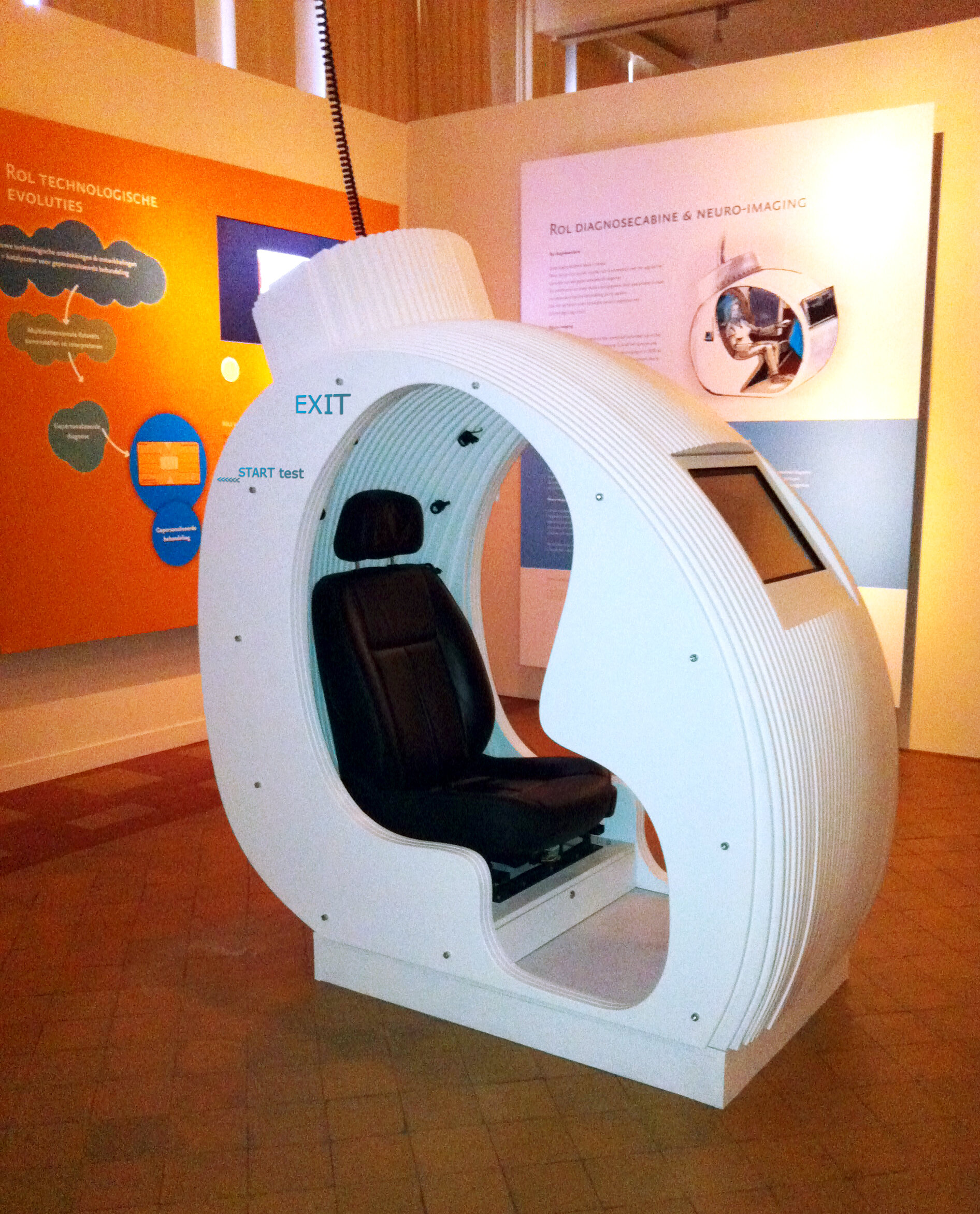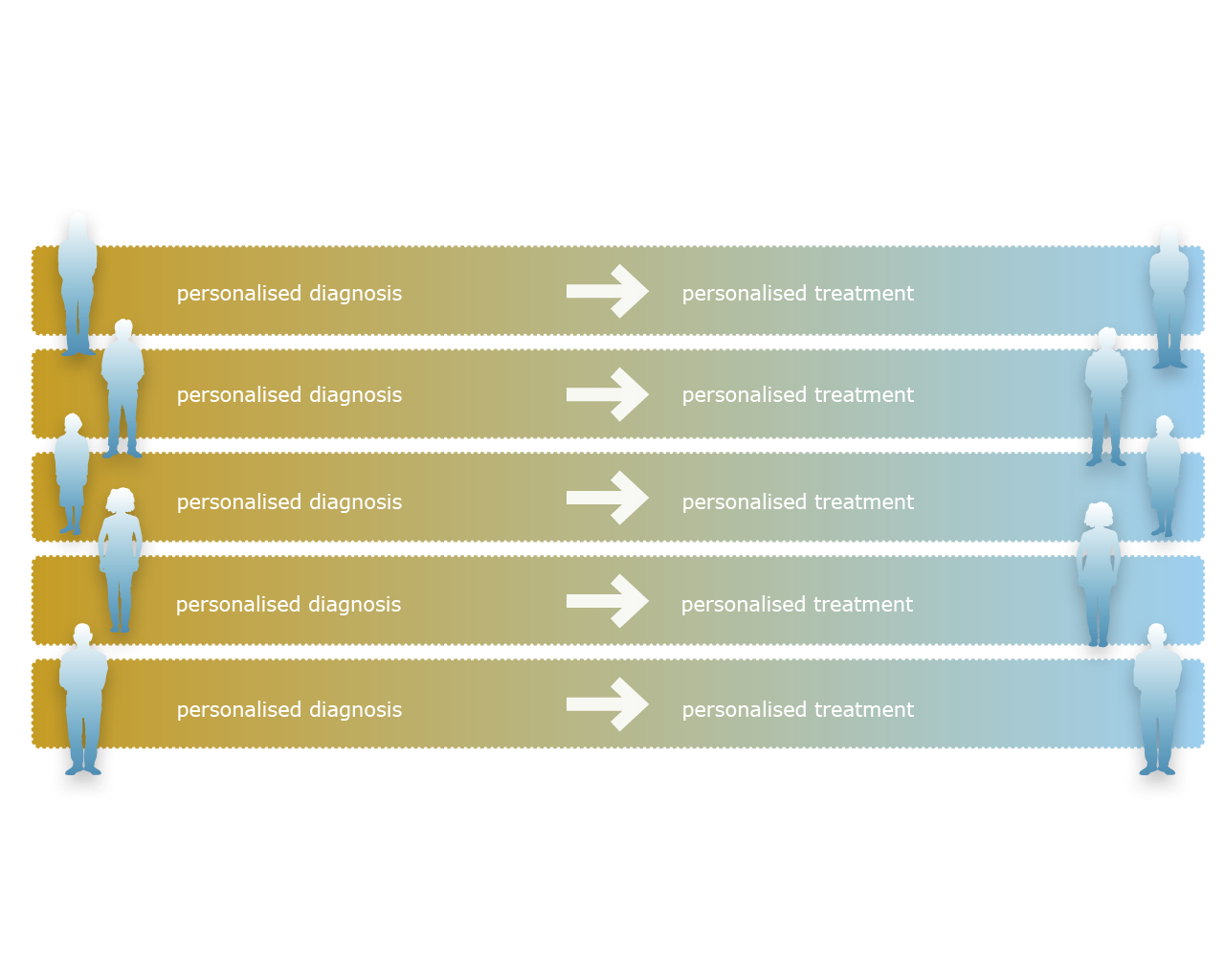Janssen Research & Development
Every human body is unique. Therefore, the ideal treatment is an individual treatment, based on a patient-specific diagnosis. The Janssen Research & Development Neuroscience team is focused on neurodegenerative diseases and mood disorders. While their primary interest is in programs aimed at the discovery and development of novel medicines, the researchers are also focused on new biomarkers and companion diagnostics to drive earlier and more accurate diagnosis, treatment response and outcome prediction in these core focus areas.
Janssen Research & Development reached out to us to help them create more awareness around what neuroscience of the future could look like. An extensive team of scientists (led by Husseini Manji, MD, FRCPC Global Therapeutic Area Head Neuroscience), with diverse backgrounds, provided us input based on their vision of future developments in their respective areas. It was our job to bring together all the brilliant ideas and to develop a script that paints the most accurate possible picture of what neuroscience of the future would look like.


We drew up a hypothetical outline, in which patients are able to contact their GP in the (near) future for a rapid analysis of a series of parameters that are currently still performed as a series of extensive, complex and expensive tests in hospitals.
In collaboration with leading universities, scientists and software developers, such as Cambridge Cognition, we produced a series of 3D-movies of the brain and developed a mobile diagnostic prototype that conducts tests on five parameters (e.g. DNA, environmental impact, cognitive skills, etc.) on the spot.
By mapping these patient-specific parameters, scientists will get the opportunity to develop a personalized treatment, which will allow them to change the cause of the condition or to curb its development.
This diagnostic cabin and the movies generated a lot of success in the scientific world and traveled the world with stops at amongst others the UN and Cambridge University. They are now on permanent display in the world-renowned Museum Dr. Guislain in Ghent.



